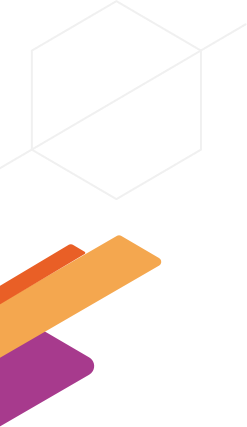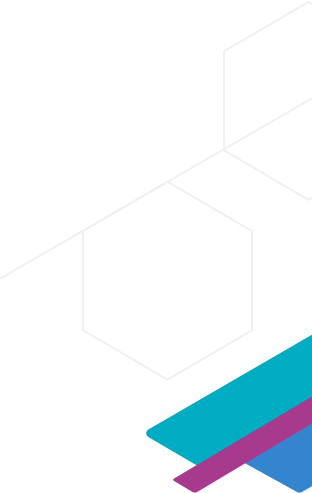CASE STUDY
Optimizing comparator drug sourcing for safe and efficient clinical supply
Finding a cost-effective and safe strategy to source comparator drugs for clinical trials is becoming more and more difficult. Challenges include:
- scarcity of high-demand comparators on the market,
- soaring costs,
- long sourcing lead times,
- short shelf-lives.
Many organisations focus on finding the right provider for comparators, on negotiating terms and monitoring the clinical trial to make comparator supply more efficient. This is a first step.
At N-SIDE, we believe that we need to go further. To bring comparator drug costs down and ensure a risk-free clinical trial supply chain, it is important to optimize the trial design and its supply chain.



Context
One of N-SIDE’s biotech partners was about to start a Phase 3 oncological trial with an expensive comparator. The trial was a double-blind, double-dummy randomized study with 2 treatment arms. 460 patients were expected to be recruited. The comparator drug was expensive - at approximately $7000 per kit - with an expected remaining shelf life of 10 months after QP release. The dispensing plan required the IMP bottle to be dispensed per cycle of 4 weeks, with a 3-cycle visit interval.
It became clear that the trial would stretch the supply chain budgets. Slow recruitment rates, titrations, uncertain treatment length, a high number of local depots and low shelf life of the drug were a deadly combination. Prior to optimization, the trial sponsor calculated the drug waste for the trial to be 65%.
Six months before first patient in, the sponsor and N-SIDE started collaborating to reduce drug waste and decrease the budget for this trial.
This is a title
Lorem ipsum dolor sit amet, consectetur adipiscing elit, sed do eiusmod tempor incididunt ut labore et dolore magna aliqua.
Lorem ipsum dolor sit amet, consectetur adipiscing elit, sed do eiusmod tempor incididunt ut labore et dolore magna aliqua.
Lorem ipsum dolor sit amet, consectetur adipiscing elit, sed do eiusmod tempor incididunt ut labore et dolore magna aliqua.
Lorem ipsum dolor sit amet, consectetur adipiscing elit, sed do eiusmod tempor incididunt ut labore et dolore magna aliqua.
Solutions and results
- By modelling the trial as it was initially designed, N-SIDE clinical supply experts used the Supply App to optimize the IRT configuration, the supply and sourcing plan, the overage and the depot resupply strategy.
- Optimization provides the minimum necessary waste, or overage, for the trial as an output, to reduce waste while ensuring no risk to patient dispensing in the trial.
- After this clinical supply optimization, waste levels for the trial were brought down to 52%, but this was still high. N-SIDE identified further actions to take to lower waste and cost.
Sourcing frequency
The partner initially planned to source comparator drugs every 5 months. Combined with the short shelf life, this led to a sharp expiry replacement with no flexibility in case of delays. N-SIDE recommended increasing this frequency to every 2 months. Having more frequent releases increases the overlap between 2 supply campaigns and therefore ensures fewer kits are wasted during expiry replacement events.
Remaining Shelf-life
The shelf-life of a kit significantly impacts the trial overage. A CMO that is more expensive is not necessarily less optimal, if shorter sourcing, delivery, packaging and release lead times can be ensured. Together, these shorter lead times result in a higher remaining shelf life. Assessing capabilities from different Contract Manufacturing Organizations (CMOs) and drug providers can result in sourcing comparator drug with the longest available shelf-life.
Trial design optimization
Visit schedule is another main parameter impacting the waste of this trial. With a limited shelf life of the comparator, the 3-cycle visit interval, together with the high expected drop-out and titrations, increases the number of kits wasted. It was decided to assess the impact of modifying the visit schedule to reduce the interval. This makes the trial more patient-friendly while reducing the site buffers required for down-titrations, the do-not-dispense days and waste due to drop-out.
The results demonstrated that increasing the visit interval to 4 weeks would result in dramatic savings in drug waste and cost.
|
Scenario |
Initial estimations |
After first optimization |
Increase comparator Shelf Life + every 4 weeks |
|
Waste |
65% |
52% |
35% |
|
Total cost of trial |
$85M |
$76M |
$48M |
These impressive results led to discussions between the Clinical and the Supply teams. The Clinical team agreed to slightly adapt the protocol to have visits every 4 weeks, saving $37 M in supply chain costs.





Related resources
Title lorem ipsum dolor sit amet consectetur
Lorem ipsum
Lorem ipsum dolor sit amet, consectetur adipiscing elit, sed do eiusmod tempor incididunt ut labore et dolore magna aliqua.
Lorem ipsum
Title lorem ipsum dolor sit amet consectetur
Lorem ipsum
Lorem ipsum dolor sit amet, consectetur adipiscing elit, sed do eiusmod tempor incididunt ut labore et dolore magna aliqua.
Lorem ipsum
Title lorem ipsum dolor sit amet consectetur
Lorem ipsum
Lorem ipsum dolor sit amet, consectetur adipiscing elit, sed do eiusmod tempor incididunt ut labore et dolore magna aliqua.
Lorem ipsum

